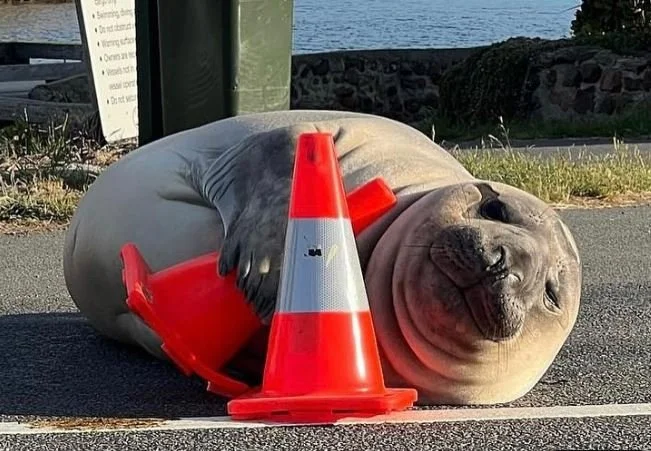New Challenge for the Bioluminescent Platypus
Ornithorhynchus anatinus is one odd duck. With a tail like a beaver’s, webbed feet, nostrils that can clamp shut for underwater foraging, this egg-laying mammal seeks prey by detecting electrical fields using receptors on their bills. Having no nipples doesn’t stop them from nursing their young, which feed through pores in mama’s skin.
A couple years ago scientists realized these weirdos have bioluminescent fur that glows a blue-green when exposed to ultraviolet light. Oh, and the males are venomous – with toxin-shooting spurs on their back legs.
While the duck-billed platypus is not an endangered species, their future is hardly secure. Dams are restricting platypus movements, which can lead to genetic weaknesses via inbreeding. The latest research appears in the journal Communications Biology.
For two years, scientists observed platypus populations in five rivers with dams – and four without – in eastern Australia and Tasmania. Blood samples from 274 specimens indicated that genetic diversity was wanting among the dammed. They’re inbreeding.
“When there is no migration between populations, and the populations are small, the genetic diversity within each group drops quickly,” Luis Mijangos, a researcher at the University of New South Wales in Australia, told the New York Times. “If there are beneficial mutations that allow individuals to adapt to climate change, these mutations are not spread to other populations.”
The World Wildlife Fund-Australia is working to restore a wild population in the Royal National Park in Sydney.
Photo credit: Earth.com







